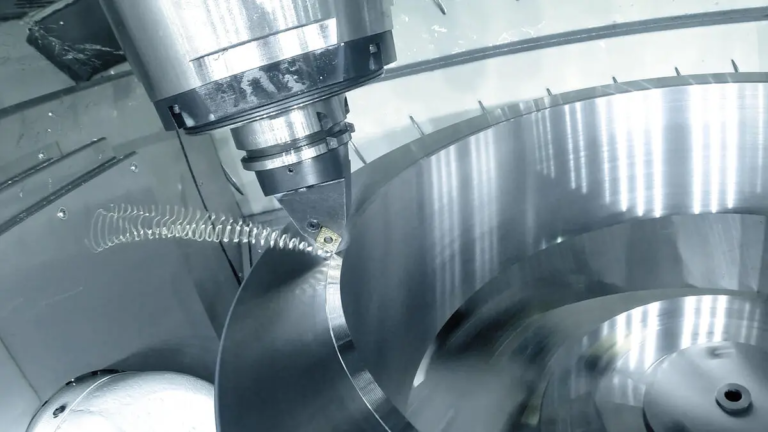Machine Safety: 10 Essential Safety Tips to Ensure a Safe Operating Environment
As we continue to rely on machines to streamline our daily operations, it’s crucial to prioritize machine safety and minimize the risk of accidents. In this article, we’ll explore the top 10 essential safety tips to ensure a safe operating environment for both machines and operators.
Tip 1: Mastering Machine Performance and Characteristics
To avoid accidents, it’s vital to understand the performance and characteristics of the machine you’re working with. Familiarize yourself with the machine’s capabilities, limitations, and potential hazards. This will enable you to respond promptly and effectively in emergency situations, reducing the risk of injury.
Tip 2: Adhere to Porter Work Protection Regulations
Porter work protection is a critical aspect of machine safety. Strictly prohibit wearing gloves, as they can compromise the effectiveness of the machine and increase the risk of accidents. Instead, opt for proper protective gear and training to ensure a safe working environment.
Tip 3: Avoid Electric Shock Risks
When operating the machine, avoid touching electronic switches with damp hands, as this can lead to electric shock. Similarly, refrain from touching moving parts with your hands, as this can cause injury. Instead, use appropriate safety gear and maintain a safe distance from the machine.
Tip 4: Store Tools and Parts Correctly
Properly store tools and parts in a designated area, away from the machine and other hazards. This will prevent accidents caused by tripping or slipping on loose tools and parts.
Tip 5: Ensure a Stable Workstation
When operating the machine, ensure your workstation is stable and free from any obstructions. This includes keeping the computer desk or desktop nearby, level, and clear of any hazards. Never place it on a mobile part of the machine, as this can compromise stability and safety.
Tip 6: Lifting and Dropping Precautions
When lifting or dropping parts, always stop the machine first and maintain a safe distance from the tool. Never open the front door or left and right blankets during operation, as this can lead to injuries.
Tip 7: Dry Run Before Start-Up
Before starting the machine, perform a dry run to confirm the program is correct and the machine is functioning as intended. This will help identify any potential issues and prevent accidents.
Tip 8: Restore the Machine to its Original Position
When the supply is extinguished or the machine is emergency-stopped, ensure the three axes are restored to their mechanical position. This will prevent accidents caused by poorly maintained machines.
Tip 9: Avoid Unauthorized Modifications
Do not remove or tamper with any protective switches or covers without authorization. These components are designed to prevent accidents and ensure machine safety, so it’s crucial to respect their integrity.
Tip 10: Deactivate the Machine Before Leaving the Station
Before leaving the machine unattended, deactivate the control power switch and the main switch of the operating panel electrical housing. This will prevent accidental start-ups and keep the machine in a safe and secure state.
By following these 10 essential safety tips, you’ll be well-equipped to create a safe and productive working environment, minimizing the risk of accidents and ensuring the well-being of both machine operators and the machine itself. Remember, machine safety is a top priority, and these guidelines will help you prioritize your safety and the safety of those around you.
Conclusion
In conclusion, machine safety is a critical aspect of modern operations, requiring careful attention to detail and a commitment to safety. By implementing these 10 essential safety tips, you’ll be able to create a safe and productive working environment, minimizing the risk of accidents and ensuring the well-being of all stakeholders. Remember, machine safety is everyone’s responsibility, and by working together, we can create a safer, more efficient, and more productive work environment for all.

















